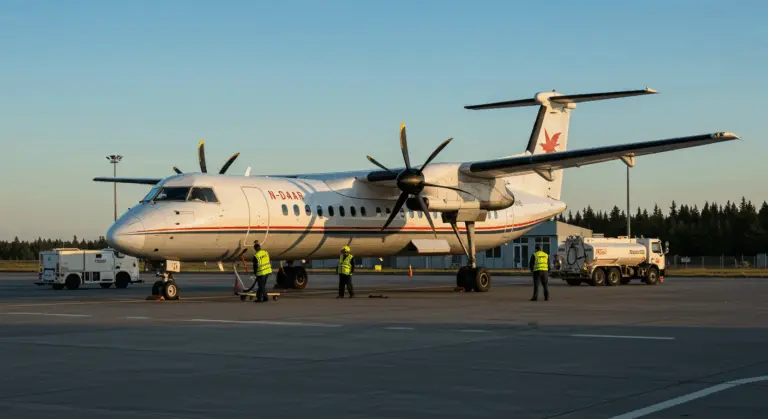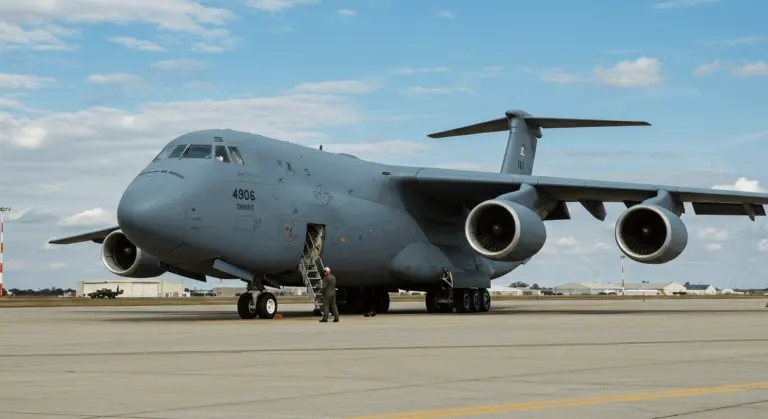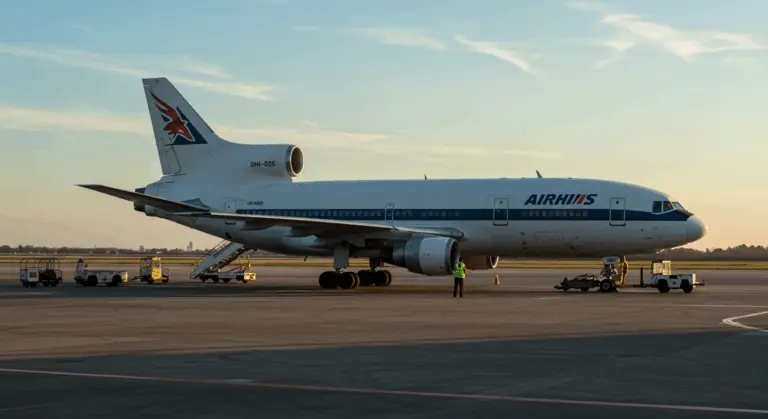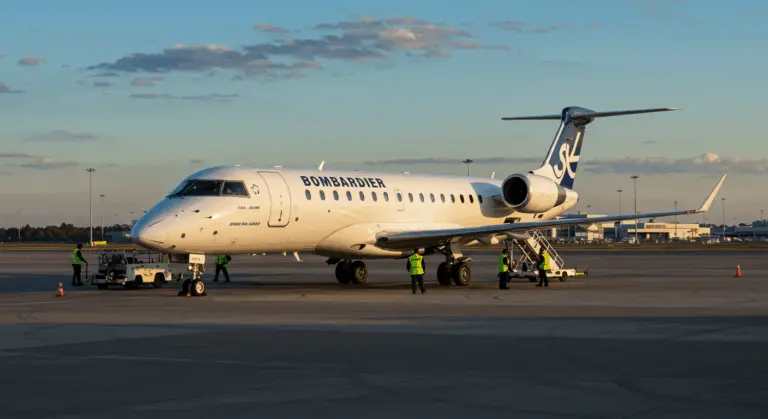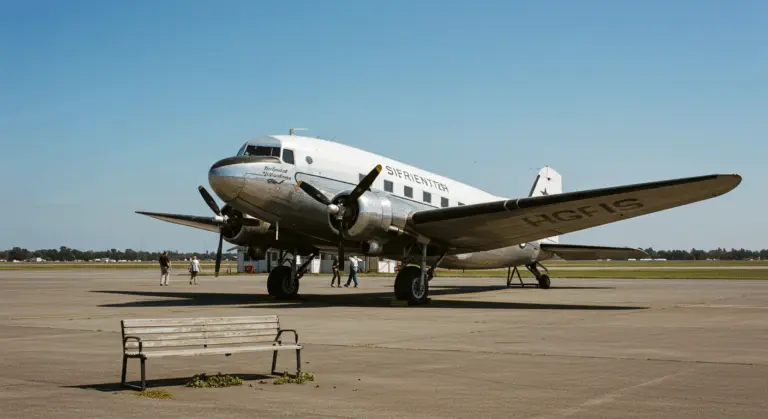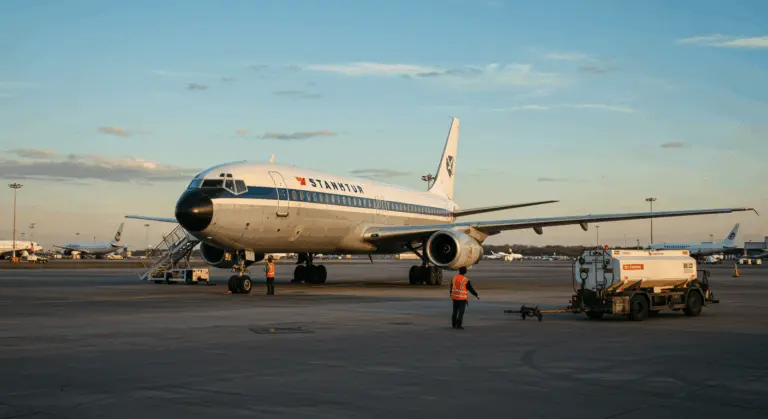Overview of the Learjet 75 – A High-Performance Business Jet
The Learjet 75 represents the pinnacle of the iconic Learjet legacy—the final model produced by Bombardier Aerospace before production ceased in 2022. This sophisticated mid-sized business jet emerged as an advanced derivative of the popular Learjet 45XR, introducing significant enhancements to an already successful platform.
Designed for versatility, the jet accommodates up to nine passengers. Its standard configuration features eight executive seats, with an optional belted lavatory seat for maximum capacity.
What sets it apart from its predecessor? Upgraded Honeywell TFE731-40BR engines and an advanced avionics suite establish it as a strong competitor in the business aviation market.
The Learjet 75 continues the brand’s established tradition of combining speed, range, and comfort within a mid-sized package. This combination makes it the preferred choice for corporations and private owners who refuse to compromise on luxury or performance while seeking efficient transportation.
Specifications of the Learjet 75 – Key Metrics
Twin Honeywell TFE731-40BR engines power the aircraft, each delivering over 3,800 pounds of thrust. Standard thrust reversers enhance landing performance on shorter runways—a valuable benefit for operational flexibility.
Speed is a priority. With a maximum cruise speed of approximately 465 knots (534 mph), the Learjet 75 maintains the brand’s reputation for velocity.
At 51,000 feet, the Learjet 75’s impressive service ceiling allows it to soar above most weather disturbances and commercial traffic. This translates to smoother flights and more direct routes.
The aircraft boasts a maximum takeoff weight of 21,500 pounds and carries a maximum payload of approximately 2,200 pounds.
Engine Performance – Honeywell TFE731-40BR
Twin Honeywell TFE731-40BR turbofan engines power the Learjet 75’s performance, providing an excellent thrust-to-weight ratio alongside improved fuel efficiency.
These TFE731-40BR engines incorporate advanced combustion technology that both optimizes fuel consumption and reduces emissions—reflecting environmental considerations. The standard thrust reversers enhance operational flexibility, enabling safer landings on shorter runways.
The engines’ robust power enables the aircraft’s impressive service ceiling. At higher altitudes, thinner air reduces drag and significantly improves fuel economy during cruise flight.
Maintenance efficiency adds to the appeal. Optimized intervals for the Honeywell TFE731-40BR engines minimize downtime: hot section inspections occur at 4,200 hours, with major overhauls at 8,400 hours. This schedule helps maintain the jet’s overall cost-effectiveness.
Cabin Dimensions and Comfort Features
The cabin creates a welcoming environment with approximately 410 cubic feet of volume and these key dimensions:
-
Height: 4.9 to 5.7 ft
-
Width: 5.1 to 5.8 ft
-
Length: 19.7 to 23.9 ft
Careful design shapes the cabin’s layout, typically configured with two distinct zones for versatile passenger accommodation. The standard eight-passenger arrangement features a club-four configuration in the forward section, complemented by four additional seats aft.
Premium comfort features elevate the passenger experience:
-
Rounded Fuselage: Maximizes shoulder space for a more open feel.
-
Noise Dampening: Advanced solutions, including an optional forward pocket door, reduce cabin noise.
-
Enclosed Lavatory: An aft, fully enclosed lavatory ensures privacy on longer flights.
Storage solutions are well-planned, offering approximately 32 cubic feet of internal baggage space accessible during flight, plus external baggage compartments. The cabin’s design includes strategically placed lighting, ergonomic seating, and convenient power outlets—ensuring passengers remain productive or relaxed throughout their journey.
Features of the Learjet 75 – Advanced Technology
A sophisticated avionics suite anchors the flight deck, featuring multiple digital displays and synthetic vision technology. This advanced system greatly improves pilot situational awareness, particularly during challenging night or poor weather operations.
Advanced technology integration spans comfort, safety, and operational efficiency:
-
Cabin Systems: An improved air management system, customizable LED lighting, and enhanced battery capacity support passenger comfort and productivity.
-
Privacy and Design: A forward pocket door reduces noise, while the rounded fuselage design maximizes shoulder room.
-
Operational Efficiency: Electronic checklists streamline procedures, and optimized winglets reduce drag to improve fuel efficiency.
Operational Costs of the Learjet 75 – What to Expect
New Learjet 75 aircraft typically commanded prices between $13.7-13.9 million during production years. Historical records show the 2015 unit cost at approximately $13.8 million.
Fixed annual costs typically total $500,000-$700,000, encompassing:
-
Crew salaries
-
Hangar fees
-
Insurance ($80,000-$120,000 annually)
-
Recurrent training
Variable costs fluctuate with flight activity, primarily including:
-
Fuel: Averaging 210 gallons per hour (approx. $1,050-$1,680/hr).
-
Maintenance: Reserves add $800-$1,000 per flight hour.
-
Engine Reserves: Funds set aside for overhauls.
Engine reserves—funds earmarked for eventual Honeywell TFE731-40BR engine overhauls—add approximately $350-$450 per flight hour to operational costs. When combining all variable expenses, total hourly operating costs typically span $2,500 to $3,200.
History and Development of the Learjet 75
The Learjet 75’s development journey began in the early 2010s when Bombardier Aerospace recognized the need to modernize its mid-size jet offerings to meet rapidly evolving market demands.
The aircraft made its official debut at the 2012 European Business Aviation Convention & Exhibition (EB ACE), positioned as a sophisticated evolution of the successful Learjet 45XR. Following aviation authority certification, the Learjet 75 entered service in 2013.
After nearly six decades of groundbreaking innovation, Bombardier announced in February 2021 that Learjet production would cease. The final Learjet 75 rolled off the production line in March 2022, marking the end of an iconic brand that had produced over 3,000 aircraft worldwide.
Comparative Analysis – Learjet 75 vs. Competitors
Within the competitive super-light jet category, the Learjet 75 frequently faces comparison against the Cessna Citation CJ4 and Embraer Phenom 300.
Conclusion – The Legacy of the Learjet 75
The Learjet 75’s market impact has been substantial—its excellent balance of speed, comfort, and range established a strong benchmark in the super-light jet category that continues to influence contemporary aircraft development.
The Learjet 75 represents the brand’s strong commitment to performance excellence. As these remarkable aircraft continue operating worldwide, they serve as flying monuments to the innovation and excellence that defined the Learjet name, ensuring its legacy soars on.

